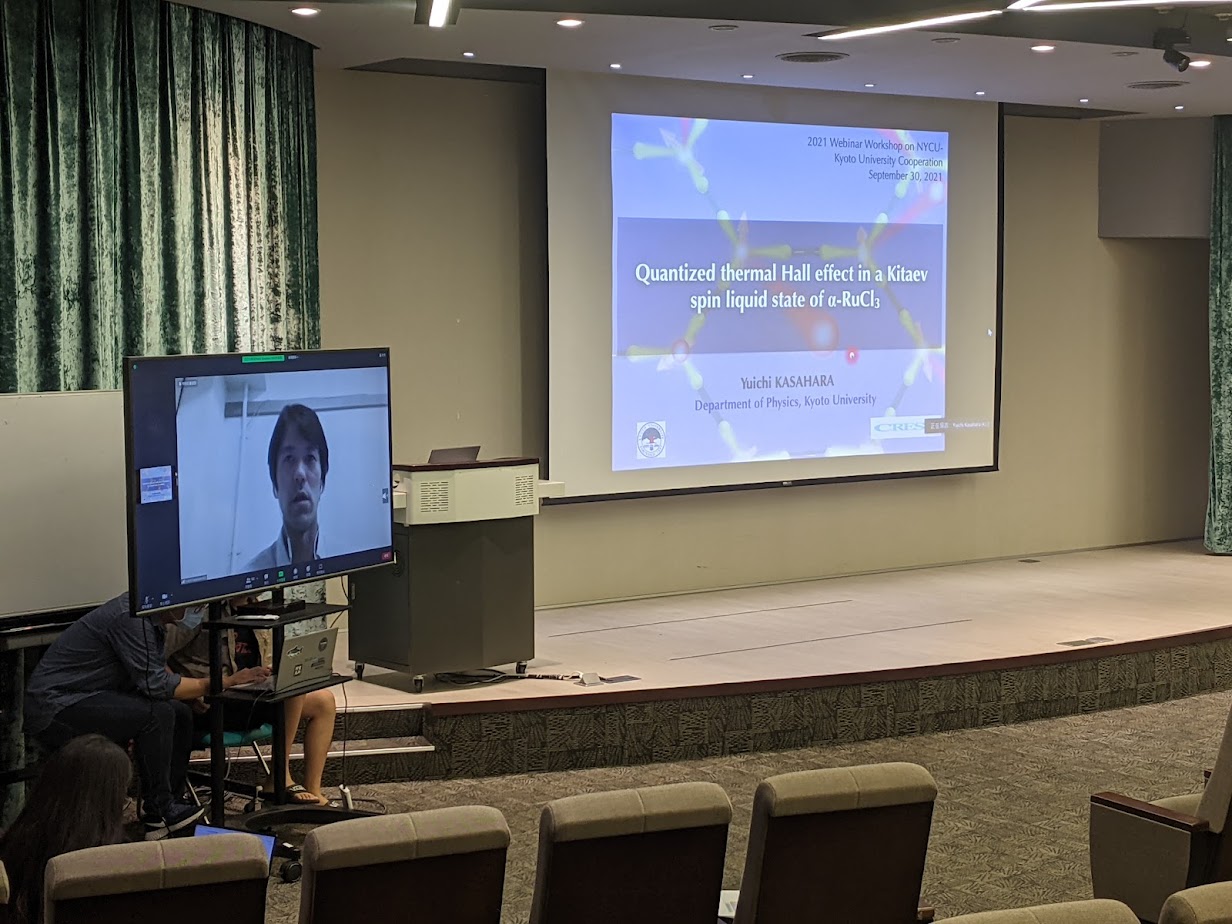Assistant Professor Lin Chun-Liang of the Institute of Electrophysics has long-term research experience at the University of Tokyo and the Institute of Physical and Chemical Research (RIKEN). After returning to Taiwan, he has maintained an intense cooperative relationship with researchers in the field of surface physics in Japan; In addition to cooperation with units in Japan, master’s student Chen Pei-Rong has studied the superconducting inhomogeneity of NbTiN with Professor Val Zwiller of the KTH Royal Institute of Technology. This year, Chen is also scheduled to travel to Kyoto University in Japan through the exchange student program supported by the Higher Education Sprout Project to conduct research on the properties of other low-dimensional material surface physics.
Assistant Professor Kuo Chang-Yang from the Institute of Electrophysics has cooperated with the Max Planck Institutes (MPI) in Germany to build the TPS45 sub-micron soft X-ray experimental station at Taiwan’s National Synchrotron Radiation Research Center (NSRRC). NYCU master’s student Gu Yu-Jie and Ph.D. student Liu Cheng-En, are currently participating. It is expected that more students will join the cooperative program in the future. Additionally, it is anticipated that the cooperation will help improve Taiwan’s technological forte in the global marketplace.
Associate Professor Wu Chien-Te of the Department of Electrophysics and Professor Kathryn Levin of the University of Chicago Department of Physics have worked together since 2014 to develop the theory of superconductor physics. Wu’s theoretical research team and Levin’s team have developed a set of theories that can explain low-dimensional strongly correlated superconducting systems. The theories can properly explain the physical phenomena like pseudogaps that have been experimentally seen. Wu’s other topics of interest include the transmission properties of superconductor/ferromagnet heterostructures, and he hopes to develop a new generation of zero-loss spintronic components. This topic is being worked on through multinational cooperation with Dr. Klaus Halterman of Michelson Lab in the United States.




